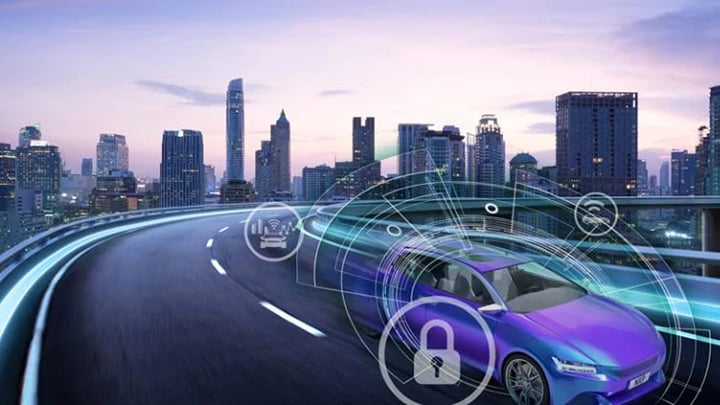Near Field Communication, the simple, intuitive technology that lets you
initiate transactions with a simple touch, is now in hundreds of millions of
smartphones, tablets and other consumer electronics, with new devices
arriving almost daily. NFC has the potential to transform all kinds of
applications, but every NFC system uses a similar architecture. Here’s
a diagram that shows the basic setup:

The diagram shows two NFC-enabled systems. The first, in the middle of the
diagram, could be a POS terminal, a set-top box or a consumer appliance like
a microwave oven or a washing machine. It uses an NFC IC to support the three
operating modes (Read/Write, Peer-to-Peer and Card Emulation). The host
controller manages the NFC process, and any transactions that require a higher
level of security are performed in the optional onboard Secure Access Module
(SAM). The contact reader IC is also optional. It adds support for
contact-based smartcards, and makes the system compatible with payment,
identification and access cards that use standards like ISO/IEC 7816.
The second NFC-enabled system, on the right, could be a smartphone, a
contactless smart card or some other electronic device equipped with an NFC
tag. For NFC transactions, this second system can use the RF field generated
by the first system. As a result, the second system doesn’t need to be
powered while the NFC transaction takes place.
Look at real-world systems
For more block diagrams that show how NFC can be integrated into an
application, check out these NFC-enabled systems:
Get the details
For an online overview of what NFC is and what it can do for you, visit our
NFC Everywhere website.





